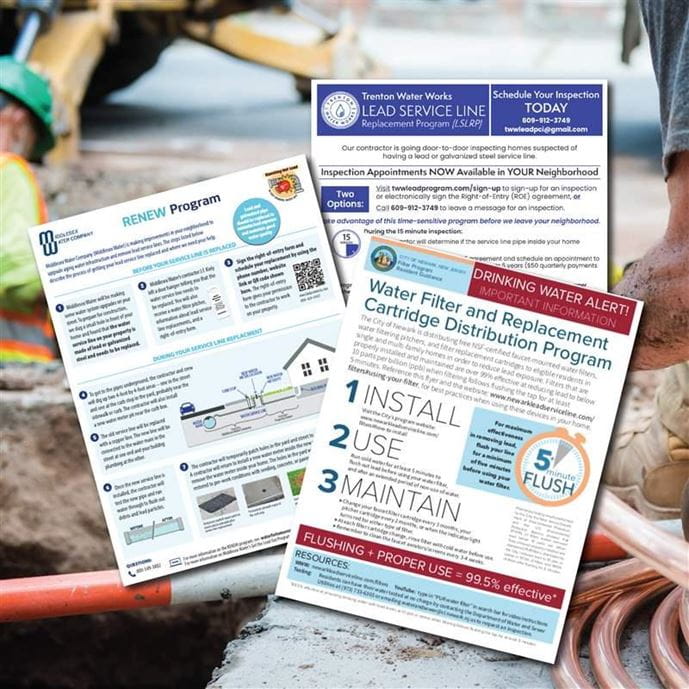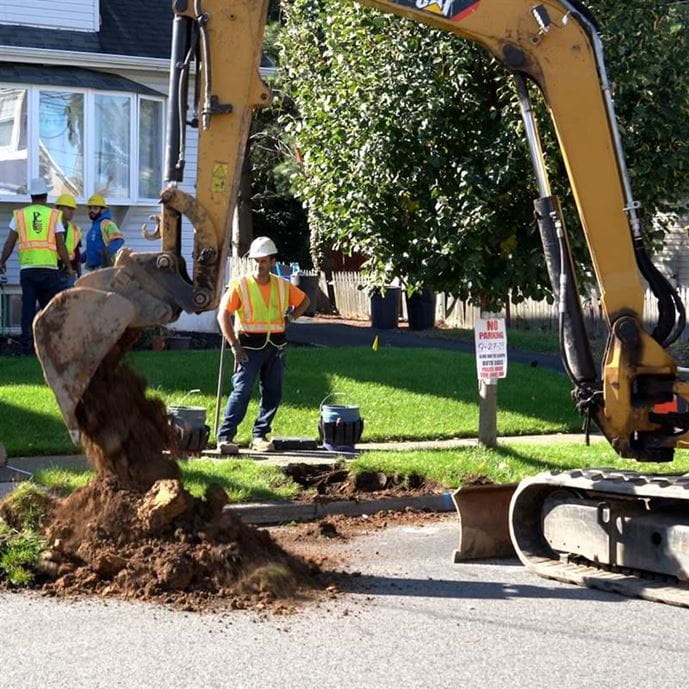Using Communication to Boost Public Trust in Water Systems
Consumer Confidence Reports
The U.S. Environmental Protection Agency’s (EPA) new Consumer Confidence Report Rule Revisions hold water systems to a higher standard while talking to their customers, especially when discussing lead. Implementing best practices for LCR-related compliance can increase trust and participation while following this new EPA direction.
Best Practices for Effective Communication
Using the below best practices can increase a water system’s accessibility and transparency when communicating to the public:
- State a clear message: Ensure the main takeaway of your document is evident and consistent. Clearly explain changes in information. If a material notice changes from “unknown” to “lead,” are you explaining why?
- Write to an appropriate reading level: Create content below at least an 8th grade reading level to make the information easily digestible to a wider audience.
- Ensure Skimmability: Design documents so the main message is clear even if the reader only glances at it for a few seconds.
- Use Visuals: Incorporate graphics to help convey the message more effectively.
- Plan for Translations: Provide translations catering to non-English speaking communities in your target audience.
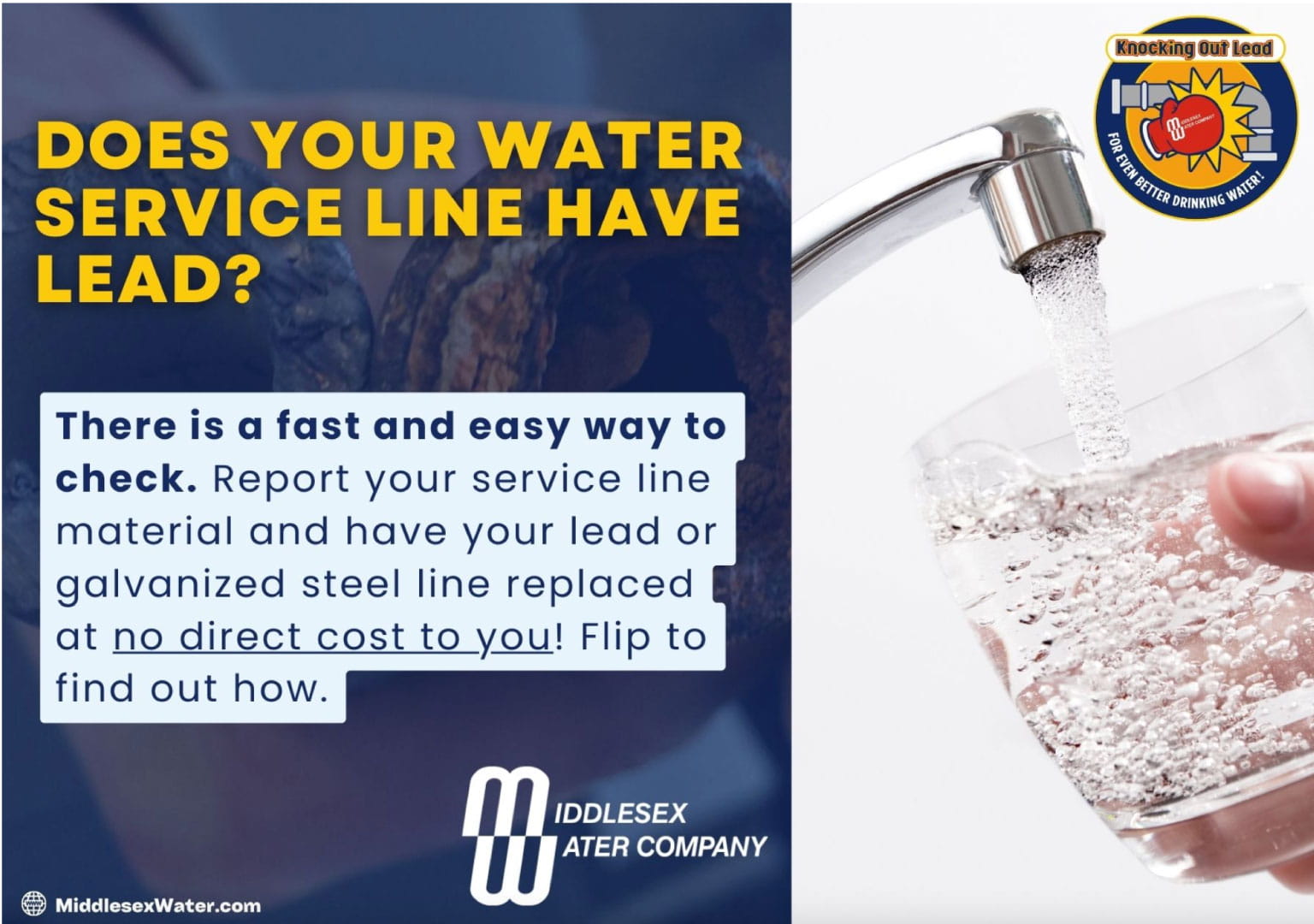
Required and Recommended Communications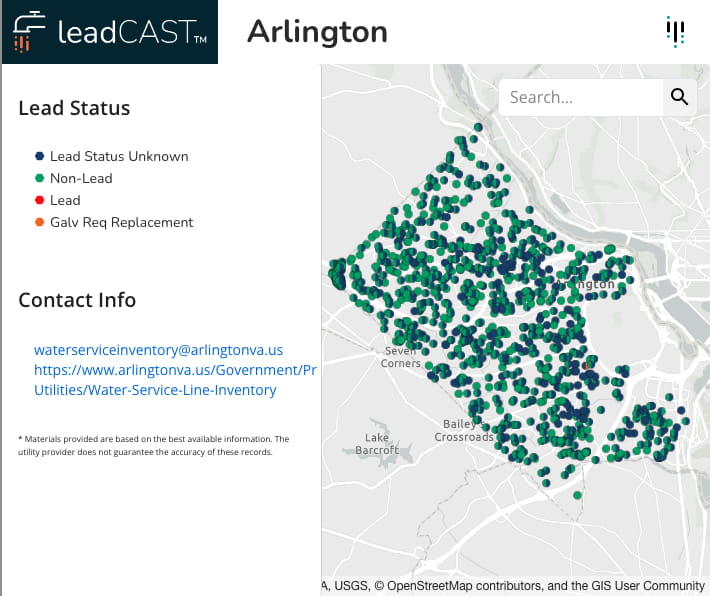
A detailed communication strategy is a must-have for a lead service line (LSL) inventory and replacement project. By October 16, 2024, water systems serving over 50,000 customers were required to post their inventories online. Those serving less customers must make their inventory publicly available.
Water systems can increase trust through this process by being transparent about data collection efforts contributing to the inventory. This includes using door hangers to explain testing processes and immediately informing residents about a known lead presence and protective measures.
Additionally, all water systems were required to notify customers with lead, galvanized requiring replacement (GRR), and unknown material service lines by November 15, 2024 using state-approved templates. Water systems can make the letters more accessible by including highly visual flyers with the letters that provide a graphic-heavy, high-level overview in a few seconds of reading.
Public Outreach for Replacements
Under the Lead and Copper Rule Improvements (LCRI), water systems must make four attempts using two different media types to reach out for replacements. Even when a replacement is offered at no direct cost to the customer, it can take 15 or more attempts to reach customer participation of 70% or higher in some communities. Effective strategies to improve program sign-ups include in-person visits, community events, and clear, simple sign-up forms. 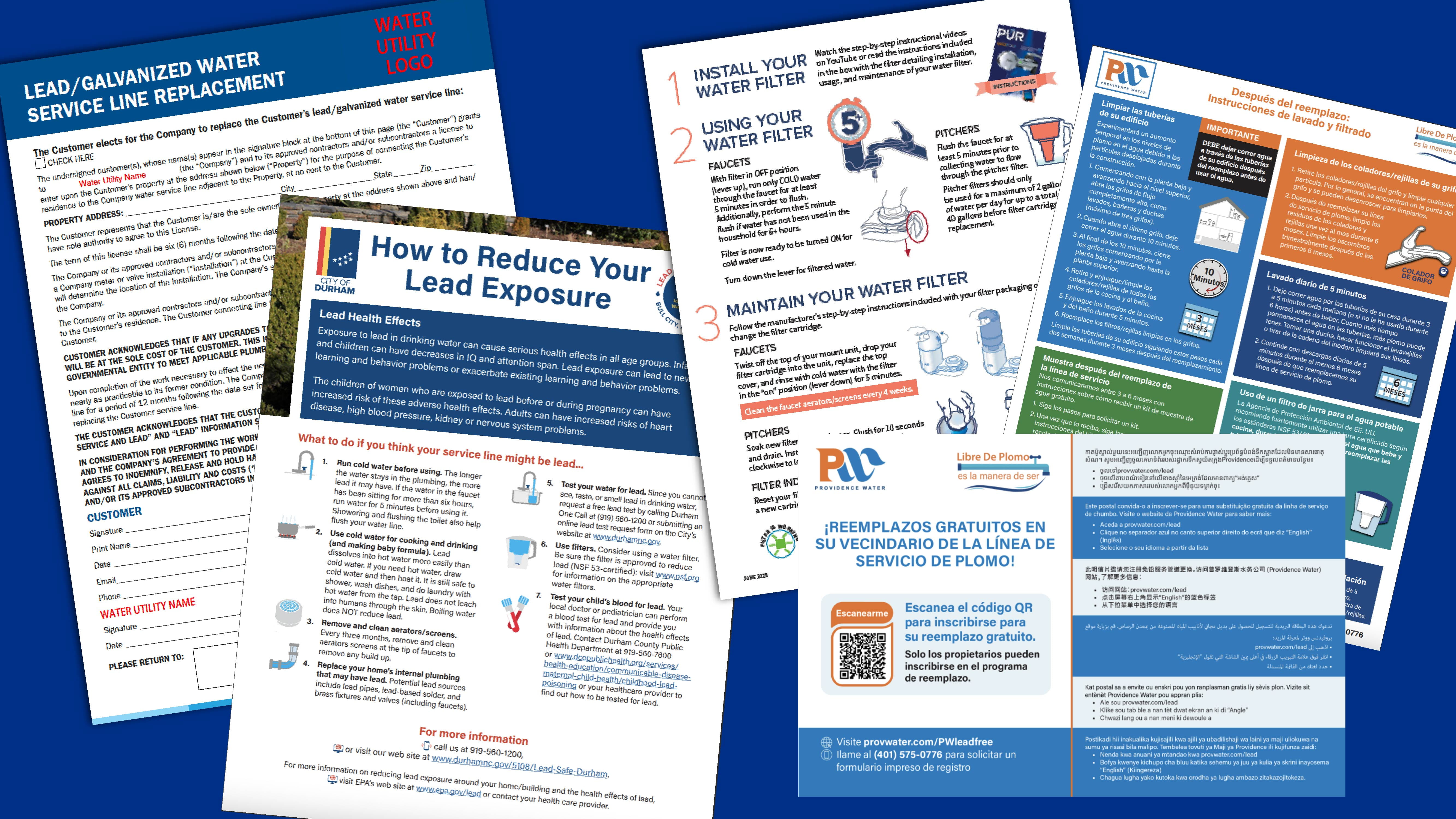
Language about health effects, steps to protect oneself, and flushing and filter instructions must be distributed to the person served by the service line before water is turned back on after replacements. These requirements are also in the LCRI, and content details may change over time. Water systems are also required to provide follow-up sampling offers for water customers about 3-6 months after service lines were replaced.
Regardless of your state or stage of lead and copper program, public communication is crucial to keep water customers in the loop and build public trust. Inventory and replacement scenarios especially have multiple opportunities to demonstrate transparency and accountability, building relationships through thoughtful communication.
Rose Hanson is a communications expert passionate about helping the intended audience understand a message. Her team plans, crafts, and implements accessible risk and compliance communications. She leads print, virtual, and visual media planning, development, and distribution for lead service line inventories and replacement program stakeholder engagement across the United States.

Inventory and replacement scenarios have multiple opportunities to demonstrate transparency and accountability, building relationships through communication.





